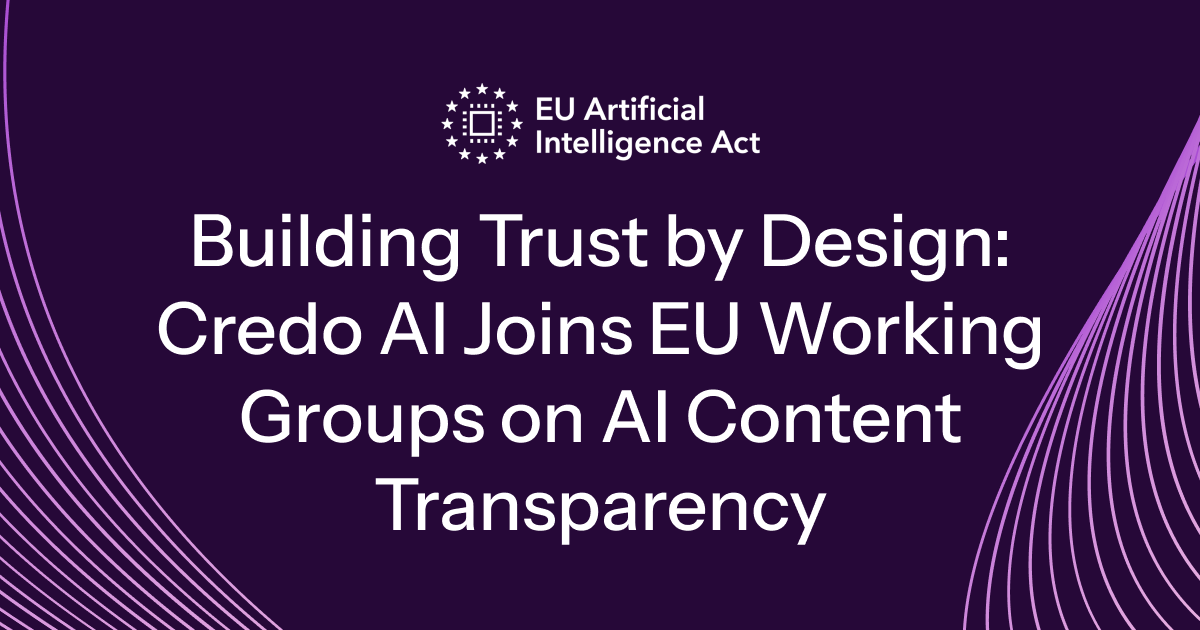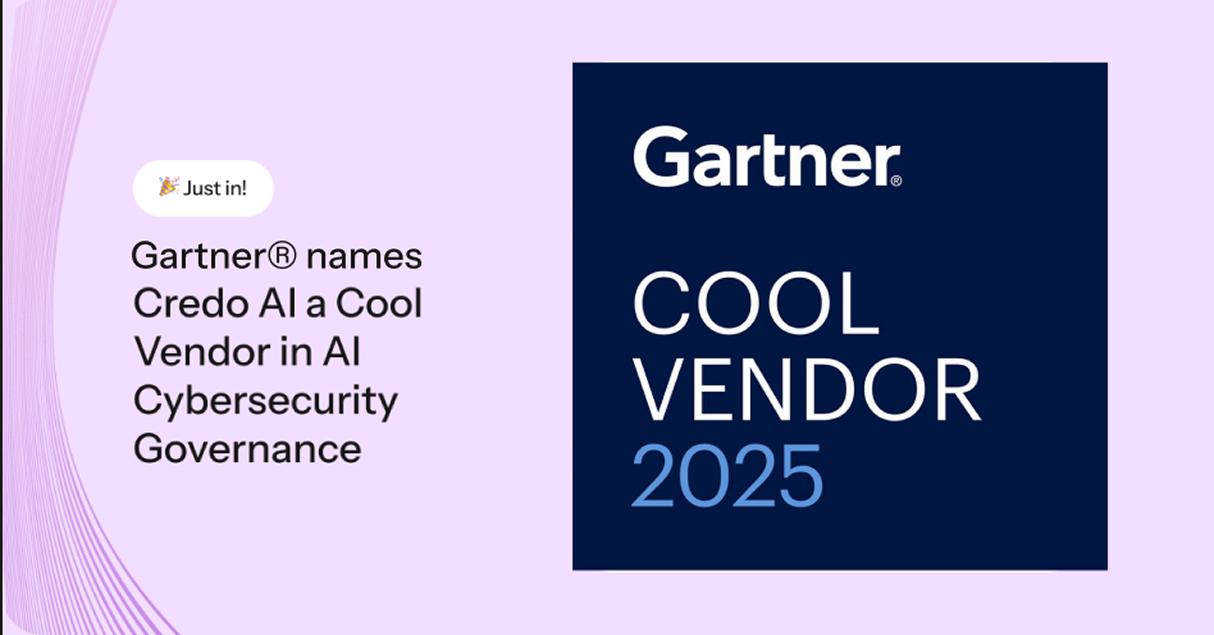If you're evaluating AI governance solutions, you've probably noticed that your existing Governance, Risk, and Compliance (GRC) platform (whether it's OneTrust, ServiceNow, or another enterprise workflow tool) now offers an "AI governance module." It seems convenient. Your teams already know the platform. Procurement is easier. But here's what you need to know: adding AI governance as a module to a traditional GRC tool is fundamentally different from using a purpose-built AI governance platform.
The Manual Work Trap
Traditional GRC tools weren't designed with AI development workflows in mind. They lack native integrations to the technical tools your data science and ML engineering teams actually use (think MLflow, SageMaker, Databricks, or your model registries). This creates an immediate problem: your technical teams have to manually bridge the gap between their development environment and your governance requirements.
Across the industry, we see AI teams spending hours each week on governance busy work that should be automated. What does this look like in practice? Engineers filling out forms. Data scientists copying model cards into different systems. Manual uploads of evaluation results. This isn't just inefficient; it's unsustainable as your AI program scales from dozens to hundreds of models, and as regulatory requirements like the EU AI Act demand more rigorous documentation and controls.
OneTrust vs Credo AI | ServiceNow vs Credo AI
When "Highly Configurable" Means "Your Problem Now"
Generic workflow tools tout their configurability as a strength. But when it comes to AI governance, configurability often translates to "you'll need to build it yourself." AI governance has unique requirements: model lineage tracking, bias evaluation workflows, technical documentation that evolves with model versions, risk assessments that differ fundamentally from IT security assessments.
Yes, you can configure a traditional GRC tool to handle these workflows. But you'll likely find yourself either wrestling with platform limitations or, worse, adapting your governance framework to fit what the tool can do rather than what you actually need.
We've seen this play out at major enterprises. At a leading IT and networking company, teams started with OneTrust for AI assessments but quickly found themselves working across disparate systems (assessments in one tool, other governance work in spreadsheets), creating exactly the kind of fragmented workflow that governance tools are supposed to eliminate.
The Module vs. Platform Question
There's a deeper issue here: when AI governance is a module among many, you're not getting deep domain expertise baked into the product. You're getting a generic framework that's been adapted for AI.
Think about what that means for your governance program and ask yourself:
- Are the workflows designed by AI governance experts or GRC generalists?
- Does the tool reflect current best practices in trusted AI?
- Can it adapt as regulations like the EU AI Act evolve?
- Is the vendor's product roadmap driven by AI governance needs or by the dozens of other modules they support?
What Actually Matters in your AI Governance Tooling
Before you default to your incumbent vendor, ask yourself:
- Can your technical teams integrate this into their actual workflows without manual overhead?
- Does this tool reflect how AI governance actually works, or are you adapting your processes to fit the tool?
- When you need to scale from 10 models to 100 to 1,000, will this approach still work?
- Is the vendor's expertise in AI governance specifically, or in enterprise workflows generally?
The promise of AI governance tools is to make trusted AI scalable and systematic. But if your tool creates more manual work, requires your teams to work across multiple systems, or forces you to compromise on your governance framework, it's not actually solving the problem. It's just adding another layer of process.
If you're evaluating alternatives to traditional GRC tools, see how Credo AI compares to OneTrust and ServiceNow for purpose-built AI governance that scales with your enterprise needs.
DISCLAIMER. The information we provide here is for informational purposes only and is not intended in any way to represent legal advice or a legal opinion that you can rely on. It is your sole responsibility to consult an attorney to resolve any legal issues related to this information.





